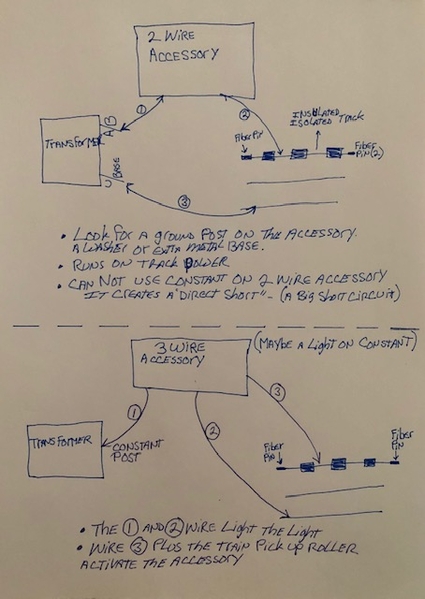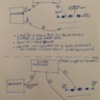I'd like to kibitz and see different wiring options for 2 wired and 3 wired accessories. I'm more familiar with gateman, banjo, tower and crossing gate as well as news stand.
My question is regarding the constant posts on a transformer (KW).
My statement: You can not wire a two wired accessory to constant voltage posts. This creates a direct short. (is this true) When the train crosses the insolated/isolated track, it makes a connection which is- track power so how can the accessory run on a constant voltage unless it's not connected to the track?
I do not want to use any contactor, 153 or whatever.
I have a bunch of questions to follow.










